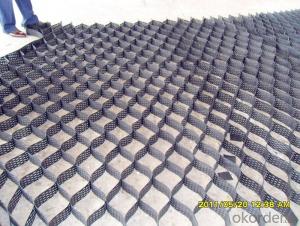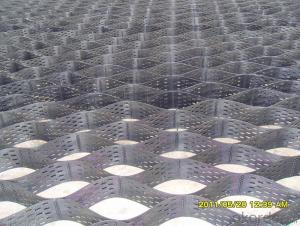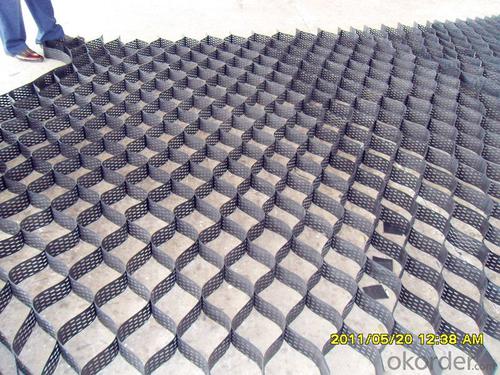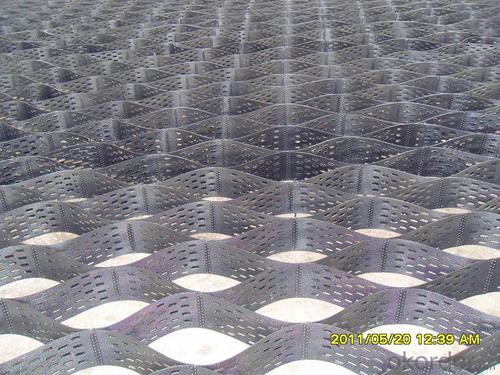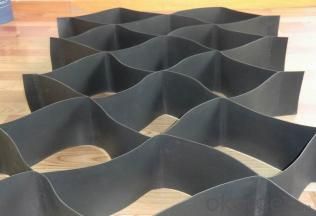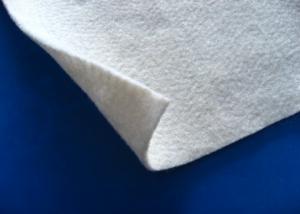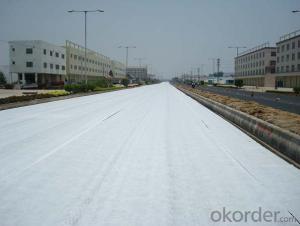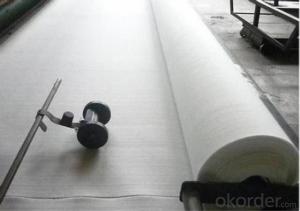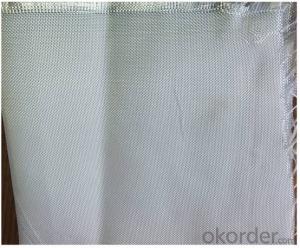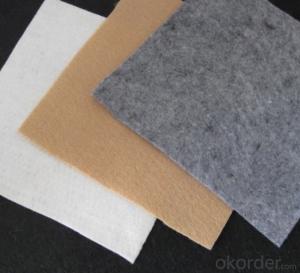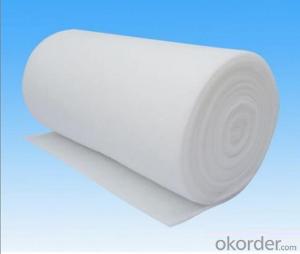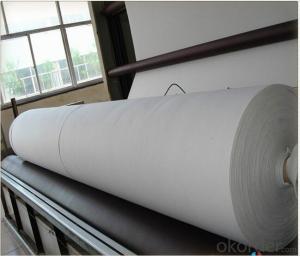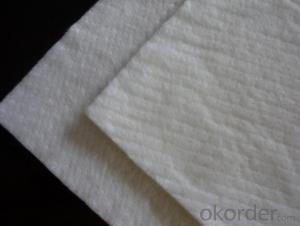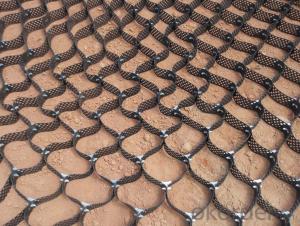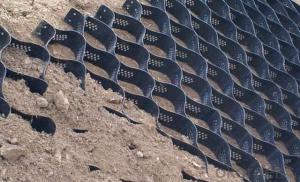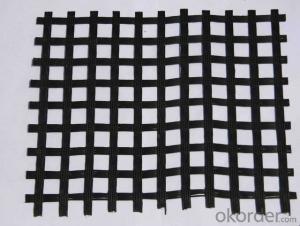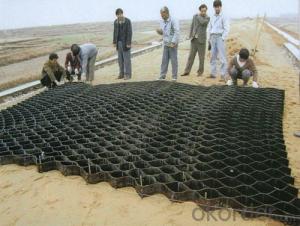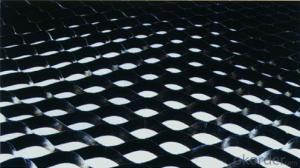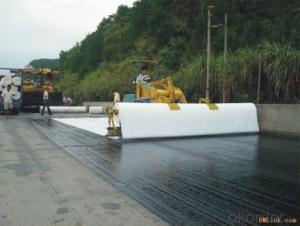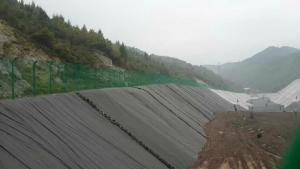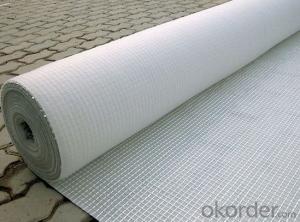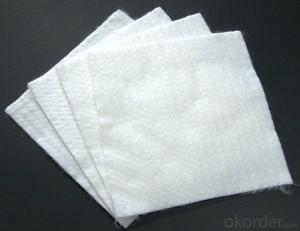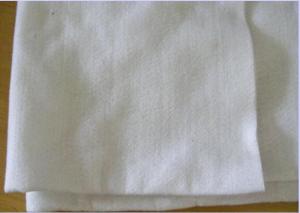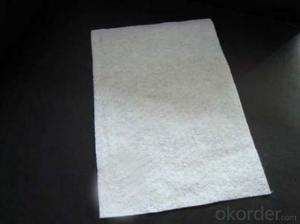US 200 Geotextile Fabric Slope Reinforcement HDPE Geocell for Road Construction
- Loading Port:
- Qingdao
- Payment Terms:
- TT OR LC
- Min Order Qty:
- 5000 m²
- Supply Capability:
- 300000 m²/month
OKorder Service Pledge
OKorder Financial Service
You Might Also Like
Description Of Slope Reinforcement HDPE Geocell:
Geocell is a lightweight and flexible three-dimensitional,expandable panels made from high-density polythylene(HDPE) strips which are ultrasonically bonded together to form an extremely
strong configuration. Geocell system can be filled with a wide range of material: aggregate,concrete,sand,soil ect.
Main Features of Slope Reinforcement HDPE Geocell:
1,Light weight, wear-resistant, chemical stability, light oxidation aging, anti-acid/alkali corrosion, applied to different geological conditions, such as saline soil, desert, etc.
2,Wide temperature range, high tensile strength, good rigidity and toughness, good load capacity and anti-erosion ability.
3,Size is relatively stable, change the height and welding distance can meet the needs of different projects.
4,Retractile, easy to transport.
5,Easy to use, can use the local materials and achieve rapid construction, reduce construction costs.
6,Can be used repeatedly
Specifications of Slope Reinforcement HDPE Geocell:
Test method | Result | |
Material | ---- | HDPE |
Minimum Carton black | ASTM D 1603 | 2% |
Sheet Thickness (smooth) | ASTM D 5199 | 1.10mm |
Sheet Thickness (textured ) | ASTM D 5199 | 1.50mm |
Denisity | ASTM D 1505 | 0.94g/cm3 |
Seam peel strength (N) | Welding distance(mm) | Cell height | Expand cell (mm) | Cells per | Expand section | Expand section | |
GC0733 | 1065 | 330 | 75 | 244x203 | 600 | 2.44x6.15 | 15±1% |
GC1033 | 1420 | 330 | 100 | 244x203 | 600 | 2.44x6.15 | 15±1% |
GC1533 | 2130 | 330 | 150 | 244x203 | 600 | 2.44x6.15 | 15±1% |
GC2033 | 2840 | 330 | 200 | 244x203 | 600 | 2.44x6.15 | 15±1% |
GC0744 | 1065 | 445 | 75 | 329x276 | 450 | 5.0x42 | 21±1% |
GC1044 | 1420 | 445 | 100 | 329x276 | 450 | 5.0x42 | 21±1% |
GC1544 | 2130 | 445 | 150 | 329x276 | 450 | 5.0x42 | 21±1% |
GC2044 | 2840 | 445 | 200 | 329x276 | 450 | 5.0x42 | 21±1% |
GC0771 | 1065 | 771 | 75 | 526x442 | 180 | 5.3x4.0 | 21.2±1% |
GC1071 | 1420 | 771 | 100 | 526x442 | 180 | 5.3x4.0 | 21.2±1% |
GC1571 | 2130 | 771 | 150 | 526x442 | 180 | 5.3x4.0 | 21.2±1% |
Applications of Slope Reinforcement HDPE Geocell:
1. Pavement subgrade stabilization
2. Area /Ground stabilization
3. Pavement base reinforcement
4. Working & load transfer platforms
5. Rail Track-bed stabilization
6. Reinforced granular foundation beds
IMages of Slope Protection Geocell/Ultrasonic Welding Geocell:

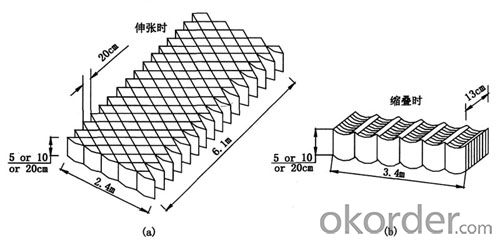
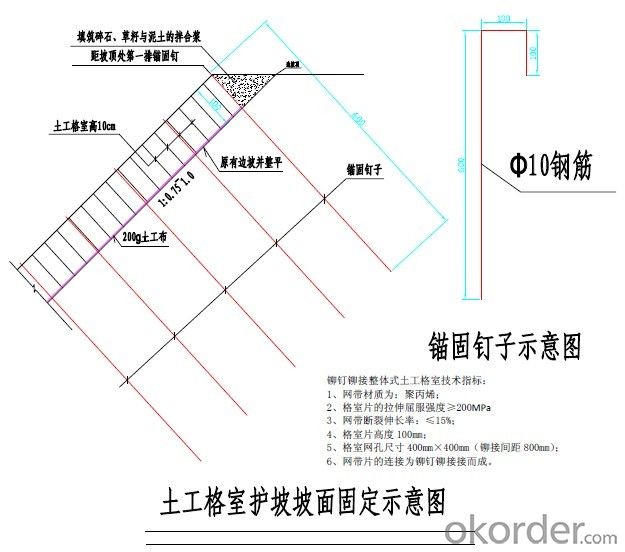
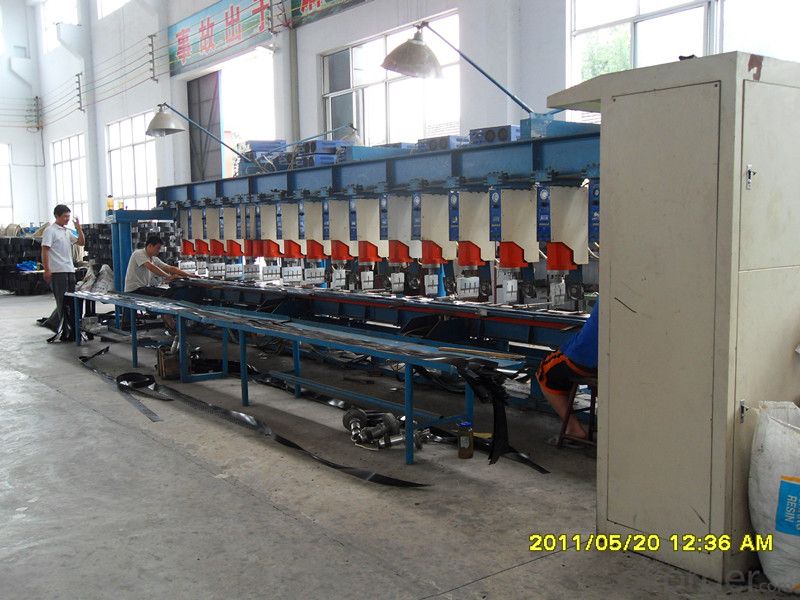
FAQ:
1. Do you supply free samples for customers?
Yes,we will supply free samples for you.Please send your address for us.
2. How Many years experience do you have?
We have been exported to more than 20 countries in the past 15 years.
3. How long do we usually reply your request?
We always reply our customer within 24 hours.
- Q: Geotextile how to sample
- It is best in the middle of a piece of cloth cut 1 square meters on the line
- Q: What are the cost considerations for geotextiles?
- The cost considerations for geotextiles include the material cost, installation cost, maintenance cost, and the overall lifespan of the geotextile. Additionally, factors such as the type and quality of the geotextile, the size of the project, and any specific requirements or regulations can also impact the cost. It is important to carefully evaluate these considerations to determine the most cost-effective solution for a geotextile application.
- Q: What are the advantages of using geotextiles in landfill lining systems?
- Geotextiles offer several advantages in landfill lining systems. Firstly, they provide excellent filtration, allowing liquid to pass through while preventing the migration of fine particles and contaminants. This helps in maintaining the integrity of the landfill and protecting the surrounding environment. Secondly, geotextiles enhance the stability of the landfill by preventing soil erosion and promoting proper drainage. Additionally, they act as a barrier against punctures and tears, extending the lifespan of the lining system. Geotextiles also offer flexibility, making them easy to install and adapt to the shape of the landfill. Overall, their use in landfill lining systems improves performance, durability, and environmental protection.
- Q: What are the different geotextile erosion control products available in the market?
- There are various geotextile erosion control products available in the market, including woven geotextiles, non-woven geotextiles, geogrids, geocells, and sediment control devices. These products are designed to prevent erosion, stabilize soil, and protect slopes, embankments, and other surfaces from the damaging effects of water and wind.
- Q: Geotextile a square meter how much money
- Geotextile, also known as geotextile, it is made of synthetic fiber through acupuncture or woven from the permeability of geosynthetics. Geotextile is a new material geosynthetics which one, the finished product for the cloth, the general width of 4-6 meters, the length of 50-100 meters. Geotextile is divided into a spinning geotextile and non-woven filament geotextile. The price should be based on the specifications per square meter, for example: 200g per square meter geotextile price of about 1.8 yuan
- Q: Can geotextiles be used in coastal erosion control?
- Yes, geotextiles can be used in coastal erosion control. Geotextiles are permeable fabrics that can be placed in coastal areas to stabilize soil and prevent erosion caused by waves and currents. They help to retain sediment and protect shorelines from erosion by absorbing and dissipating wave energy. Additionally, geotextiles can promote the growth of vegetation, further enhancing their effectiveness in coastal erosion control.
- Q: What is geotextile? Geotextile is what
- Geotextile, also known as geotextile, it is made of synthetic fiber through acupuncture or woven from the permeability of geosynthetics. Finished cloth for the cloth, the general width of 4-6 meters, the length of 50-100 meters. Geotextile is divided into a woven geotextile and non-woven geotextile. Geotextile has excellent filtration, drainage, isolation, reinforcement, anti-seepage, protection, with light weight, high tensile strength, good permeability, high temperature, anti-freeze, anti-aging, corrosion resistance characteristics. Geotextile is one of the geosynthetics, the application of geosynthetics originated in the fifties of the twentieth century, the domestic geotextile is one of the national eight five plan, China promulgated in 1998, "geosynthetics staple fiber Acupuncture non-woven geotextile "(GB / T-1998) standard, the current geotextile has been widely used in many areas.
- Q: How do geotextiles affect air quality?
- Geotextiles do not directly affect air quality as they are typically used in civil engineering applications for erosion control, filtration, and reinforcement purposes. However, the selection and installation of geotextiles can indirectly impact air quality by preventing soil erosion, which in turn reduces the release of dust particles into the air.
- Q: Are geotextiles resistant to alkali degradation?
- Yes, geotextiles are generally resistant to alkali degradation. They are designed to withstand various environmental conditions, including exposure to alkali substances. This resistance ensures their durability and effectiveness in applications where alkali degradation may occur.
- Q: How are geotextiles used in civil engineering projects?
- Geotextiles are commonly used in civil engineering projects for various purposes such as soil stabilization, erosion control, drainage management, and filtration. These synthetic fabrics are placed in the soil to reinforce it, prevent erosion, filter water, separate different layers of soil, and improve the overall performance and longevity of the project. They are versatile, cost-effective, and environmentally friendly solutions that help enhance the stability and functionality of civil engineering structures like roads, embankments, retaining walls, and landfills.
Send your message to us
US 200 Geotextile Fabric Slope Reinforcement HDPE Geocell for Road Construction
- Loading Port:
- Qingdao
- Payment Terms:
- TT OR LC
- Min Order Qty:
- 5000 m²
- Supply Capability:
- 300000 m²/month
OKorder Service Pledge
OKorder Financial Service
Similar products
Hot products
Hot Searches
Related keywords
